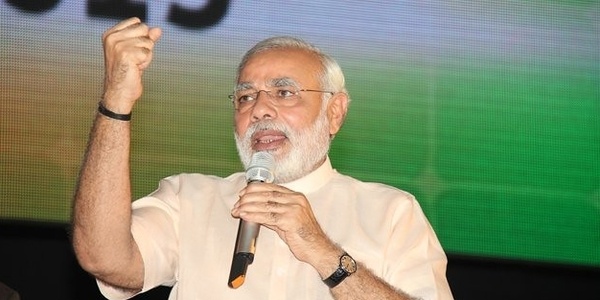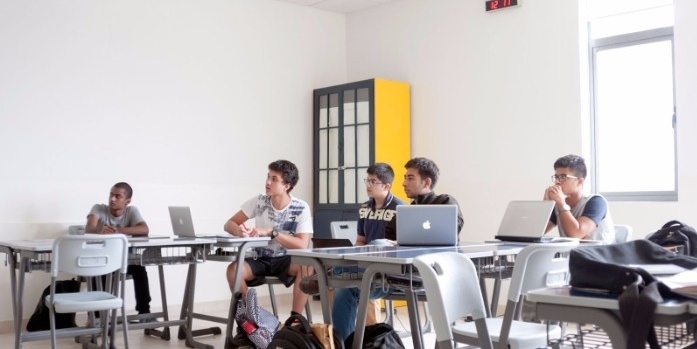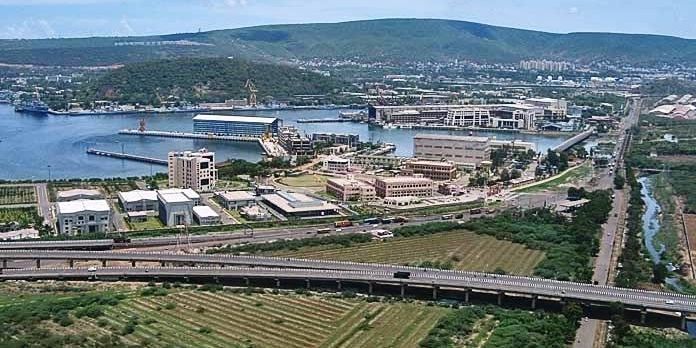France Powers Ahead: World’s First Wireless EV-Charging Road Near Paris
Imagine driving your electric car on a highway that silently powers your vehicle without ever needing to stop for a charge. That’s no longer science fiction; it’s happening right now in France. In a remarkable leap toward sustainable mobility, France has unveiled the world’s first wireless EV charging highway near the A10 motorway, just outside Paris. This 1.5-kilometer stretch can charge multiple electric cars, buses, and trucks while they’re in motion, marking a historic first for the world.Independently verified by the Gustave Eiffel University, the system can deliver a continuous power output of over 200 kW, with peaks reaching 300 kW, comparable to Tesla’s fastest V3 Supercharger stations. It’s not just a technological win; it’s a vision of the future, where transportation becomes cleaner, more efficient, and more human-centered.How Does the Wireless Road Work?Beneath the asphalt lies a hidden network of copper coils, meticulously embedded in the road’s surface. These coils generate a magnetic field that transfers power wirelessly to vehicles equipped with special receivers. In simpler terms, it’s like charging your phone wirelessly but on a much larger, more powerful scale. Just as a MagSafe power bank can charge an iPhone through magnetic induction, these copper coils send energy to moving vehicles without any physical connection. This system, developed by Electreon, one of the world’s leading innovators in wireless charging technology, can work flawlessly in rain, snow, or icy conditions, ensuring reliability year-round.Charging on the Go: The Future of EV TravelOne of the biggest challenges electric vehicle owners face today is range anxiety, the fear of running out of battery before finding a charging station. The French wireless road tackles this issue head-on. According to reports from ArenaEV, vehicles driving on this self-charging road showed a significant increase in range within minutes. This means drivers can travel longer distances without worrying about finding a charging point or stopping for hours to recharge. For truck drivers, public buses, and long-distance commuters, this could change everything. A truck that once needed to stop every few hundred kilometers could now drive continuously, charging as it moves. If such roads become widespread, manufacturers could design lighter, cheaper, and more energy-efficient electric vehicles because they would no longer need to carry massive, expensive batteries to cover long distances.Built for Durability and Low MaintenanceThe design of the self-charging road is as smart as its purpose. Because the charging system is embedded below the road surface, it has no moving parts, drastically reducing wear, tear, and maintenance costs. Traditional charging stations or mechanical connectors face regular damage from weather or frequent use, but this system remains protected beneath layers of asphalt. In essence, it’s a silent, invisible power grid running under the road—one that requires minimal maintenance yet delivers powerful results.A National Vision for a Sustainable FutureThe project aligns perfectly with the French Ministry of Transport’s ambitious goal to install 9,000 km of wireless EV-charging roads by 2035. Once completed, France will become the first country in the world to have a nationwide wireless charging road network. This will not only reduce the dependency on charging stations but also revolutionize public transport, freight logistics, and personal travel. Electreon, the company behind this innovation, has already tested similar projects in Sweden, Italy, and the United States, but France’s activation marks the first-ever operational deployment at a national scale.The Road AheadFrance’s wireless EV-charging road is more than an engineering marvel; it’s a symbol of what’s possible when technology meets vision. It paves the way for a new era in transportation where vehicles and roads work together to reduce carbon emissions, save time, and promote clean energy adoption. If this model succeeds, it could soon inspire similar projects across Europe, Asia, and beyond, transforming highways into dynamic charging grids that redefine how we move. As the world races to combat climate change and shift away from fossil fuels, innovations like this could become the lifelines of sustainable cities.The Journey to a Smarter, Cleaner WorldWith this 1.5-kilometer stretch of innovation near Paris, France has not just built a road; it has built a vision for the future. A future where cars charge themselves, air is cleaner, and people travel without fear of running out of power. By 2035, when thousands of kilometers of such roads crisscross France, the world may look back at this moment as the turning point when transportation took its biggest leap forward since the invention of the automobile. France’s self-charging road proves that the path to a sustainable future isn’t somewhere ahead, we’re already driving on it.


.png)
.jpg)
.jpg)
.jpg)









